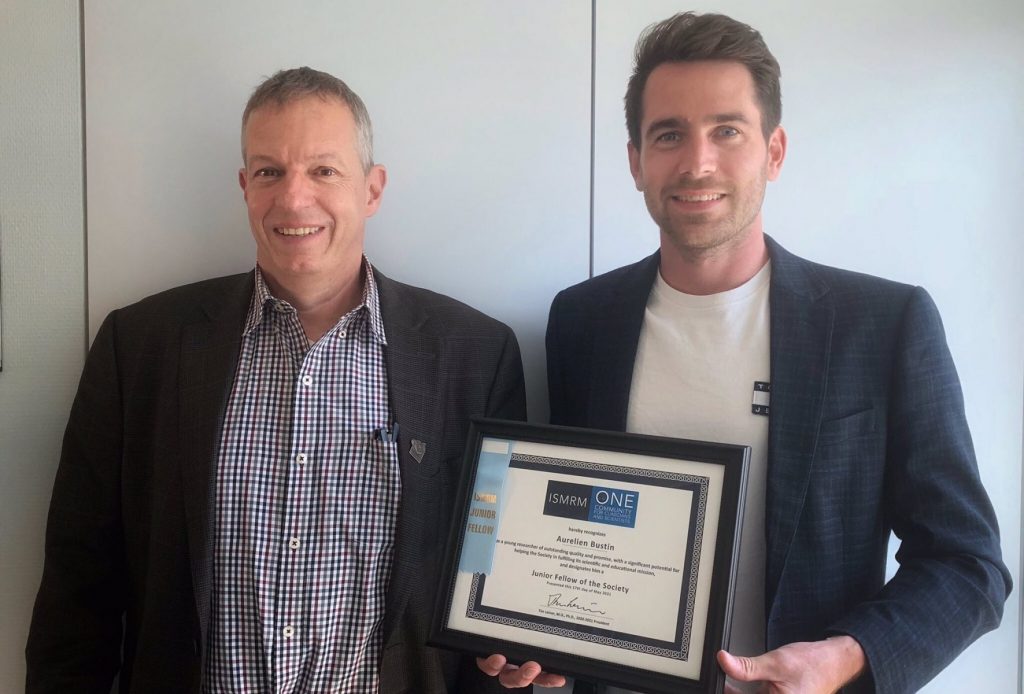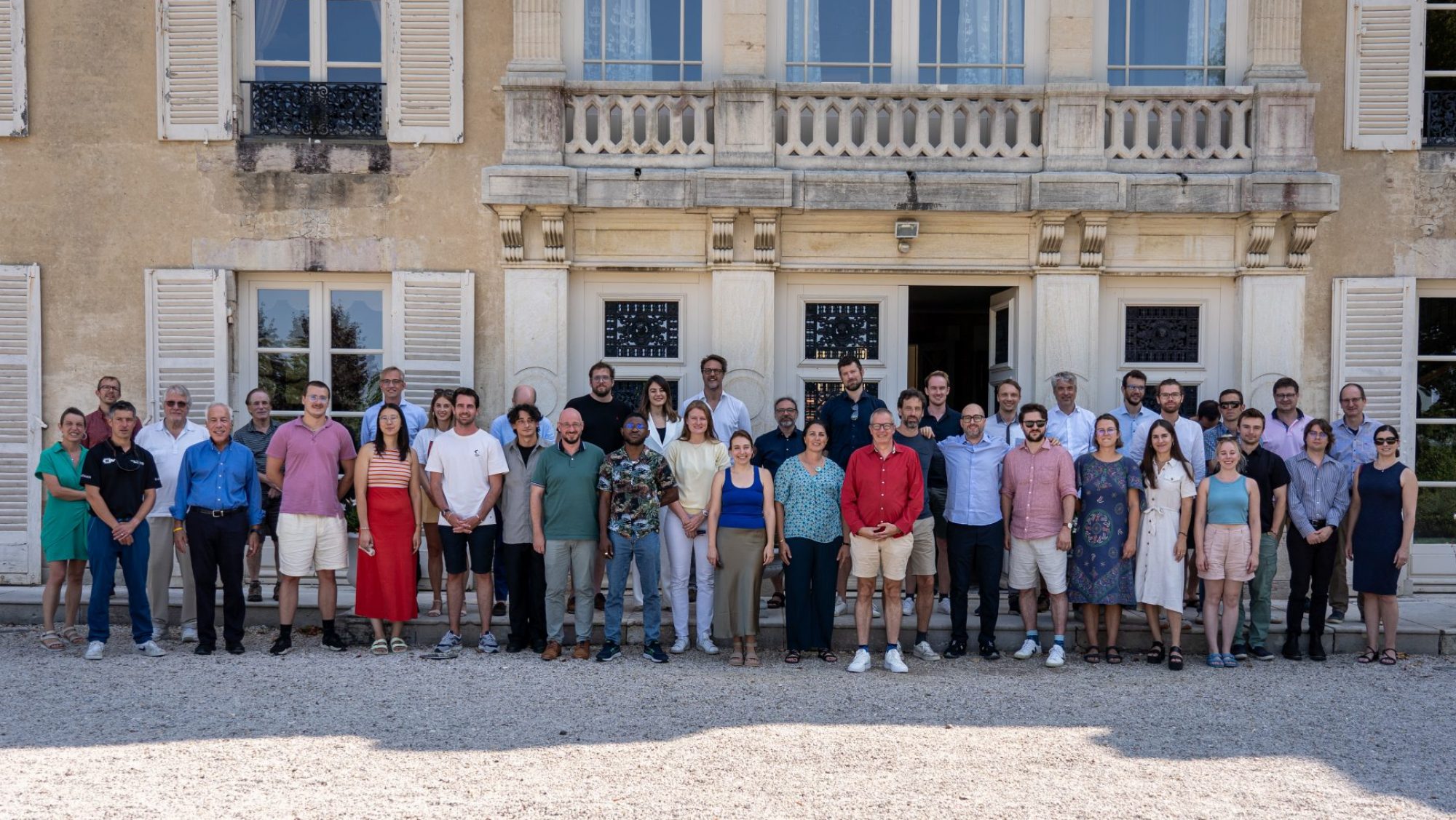Professor Matthias Stuber and his team of international collaborators, including Aurelien Bustin (LIRYC, Bordeaux), Milan Prša, Stanislas Rapacchi, Jonas Richiardi, and Juerg Schwitter (all CHUV/UNIL), have secured a 4-year grant from the Swiss National Science Foundation SNSF to explore the potential of low-field MRI for cardiovascular applications. To achieve this, they will leverage advanced technology developed in their laboratory and combine it with the artificial intelligence capabilities of next-generation low-field MRIs. The goal? Democratizing more sustainable cardiovascular MRI by optimizing examination processes and making it accessible with just one single click of a button.
Chris Roy receives SNSF Ambizione grant
Congratulations to Dr. Christopher W. Roy for receiving an SNSF Ambizione career grant on the development of novel fetal MRI techniques! This grant enables Dr. Roy to expand his activities with fetal MRI, to establish his own research group, and to deepen his clinical collaborations in Lausanne and elsewhere. The project includes a PhD position on the development of fetal-specific dynamic 3D acquisition and reconstruction strategies – download the description below and apply before it’s gone!
Aurélien Bustin received prestigious JCJC fellowship from the French National Research Agency (ANR)
Congratulations to Dr. Aurélien Bustin for receiving the prestigious Jeunes Chercheurs fellowship from the French National Research Agency (ANR) on “Highly detailed characterization of myocardial scar”. We all look forward to 3 more years of innovations and fruitful collaboration between Lausanne (CHUV) and Bordeaux (LIRYC).
Aurélien Bustin becomes ISMRM Junior Fellow
Congratulations to Dr. Aurélien Bustin, PhD for being awarded a Junior Fellowship at the International Society for Magnetic Resonance in Medicine for his outstanding early-career research and commitment to the society.

Ruud van Heeswijk receives SNSF Sinergia Grant
Congratulations to Dr. Ruud van Heeswijk, PhD for receiving a Sinergia multidisciplinary grant from the Swiss National Science Foundation (SNSF) together with Roger Hullin, MD (CHUV Cardiology), Philippe Meyer, MD (HUG Cardiology), and Jonas Richiardi, PhD (CHUV Radiology). In this four-year project, dubbed HeartMagic, the invesigators will study heart failure with preserved ejection fraction (HFpEF) with a broad range of modalities, including MRI, genomics, and metabolomics. They will they use state-of-the art machine learning to find subtypes of the disease, with the ultimate goal of pinpointing therapeutic inroads for the treatment of these HFpEF subtypes.
